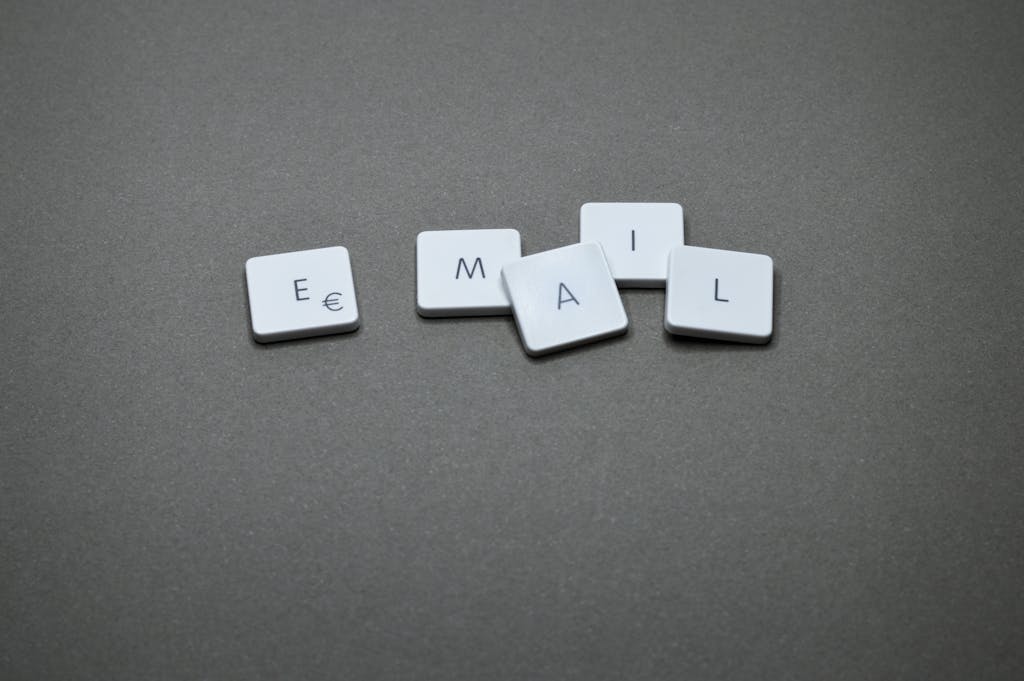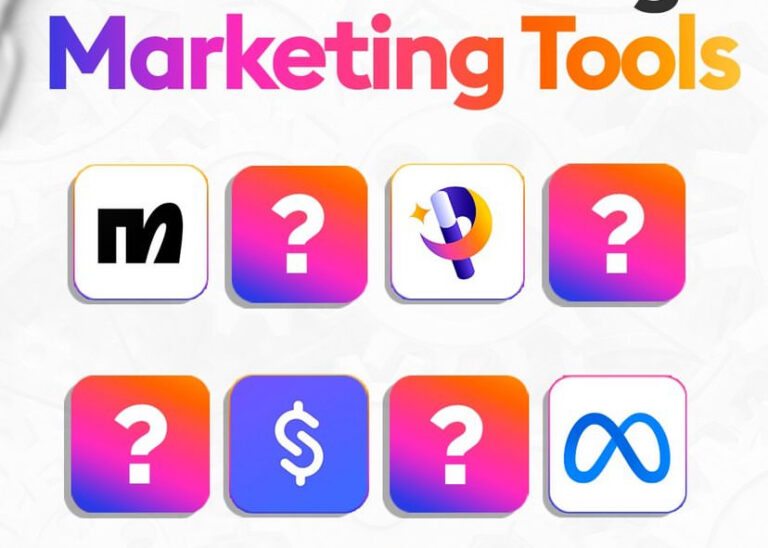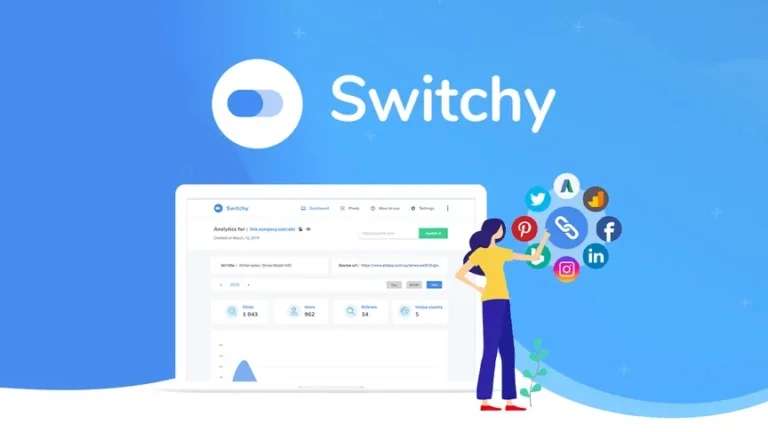Email Marketing 101: From Fundamentals to Advanced Strategies
Email marketing is a crucial component of digital marketing. It involves sending targeted messages to a group of people via email to promote products, services, or engage with customers. The role of email marketing in digital marketing is to foster direct communication with an audience. Unlike social media or paid ads, it allows businesses to control their messaging and reach a more personalized group.
The benefits of email marketing are numerous. First, it is highly cost-effective. You don’t need a large budget to get started. Second, emails provide direct communication. You are reaching people who have opted in to hear from you. Third, email marketing is measurable. You can track open rates, click-through rates, and conversions, which makes it easy to optimize campaigns. Finally, email marketing provides scalability and automation. Once set up, automated campaigns continue to run with minimal effort on your part.
Email marketing’s impact on business is significant. It helps build relationships, increase sales, and nurture leads. Whether it’s to build customer loyalty or promote new products, email marketing can drive measurable results.

History & Evolution of Email Marketing
Email marketing has been around for decades. Its beginnings can be traced back to 1971 when Ray Tomlinson sent the first email. However, email marketing didn’t become a prominent business tool until much later. In the early 1990s, companies like AOL and Hotmail made email more accessible, and businesses started to see its potential as a marketing tool.
The growth of email marketing continued with the emergence of email marketing platforms like Mailchimp and Constant Contact. These platforms made it easier for businesses to send mass emails to their subscribers. By the mid-2000s, segmentation and targeting became more important. Marketers began to send tailored messages to specific segments of their audience based on demographics or behavior.
In recent years, email marketing has evolved with advancements in technology. Today, email marketing uses sophisticated automation tools that deliver personalized content based on user behavior. It is also increasingly focused on mobile devices, as more people read their emails on smartphones than ever before.
Email vs. Other Marketing Channels
Email marketing differs from other marketing channels, such as social media, PPC, and SEO, in several ways.
Comparison with Social Media
While social media platforms like Facebook, Instagram, and Twitter allow businesses to engage with a broad audience, email marketing offers more targeted communication. With email, you can segment your audience and send customized messages based on their interests and behavior. Social media, on the other hand, relies heavily on algorithms, which may not always display your content to your target audience.
Additionally, emails tend to have a higher ROI. With email, you control the delivery of your message, while on social media, your content may get lost in a sea of posts. While social media is essential for brand awareness, email is more effective for driving conversions and nurturing relationships.
Comparison with PPC
PPC advertising involves paying for clicks, with ads appearing on search engines or websites. Unlike email marketing, PPC can be expensive, especially in competitive industries. Email marketing, however, requires a much lower investment and can yield higher returns over time. While PPC provides quick results, email marketing builds long-term customer relationships and nurtures leads.
Moreover, emails can be personalized, whereas PPC ads generally have a broader appeal. Email marketing allows businesses to send more relevant and engaging content to subscribers, while PPC often involves broader targeting, potentially leading to wasted ad spend.
Comparison with SEO
SEO is a long-term strategy for driving traffic to a website through organic search engine results. While SEO can be highly effective, it can take time to see results. In contrast, email marketing allows for more immediate results. You can send out an email campaign and see open rates, click-through rates, and conversions within hours.
Emails also give you more control over content delivery. With SEO, your content is reliant on search engine rankings, whereas emails go directly to the inboxes of subscribers who have opted in to receive them. That said, SEO is essential for building organic traffic, and combining email with SEO can enhance your overall digital marketing strategy.
Strengths and Weaknesses of Email Marketing
Strengths:
- Email marketing offers high personalization. You can tailor messages based on customer behavior, preferences, and demographics.
- It creates a direct communication channel between the business and its audience.
- Emails provide measurable results, enabling businesses to track open rates, click-through rates, and conversions.
- Email marketing is scalable, allowing businesses to grow their audience while maintaining personalized communication.
Weaknesses:
- Emails can be marked as spam, which reduces their effectiveness.
- Maintaining a healthy email list is time-consuming and crucial for successful campaigns.
- If not done correctly, email marketing can feel intrusive to recipients and may lead to unsubscribes.
- Email open rates may suffer if subject lines aren’t optimized or if subscribers are overwhelmed with too many emails.

Key Elements of Email Marketing
Audience Segmentation
Audience segmentation is vital for the success of email marketing campaigns. By segmenting your audience, you can send more targeted and relevant emails. Segmentation can be based on demographics, behavior, or engagement level. For example, you may send different emails to first-time visitors than you would to repeat customers. This ensures that the content you deliver is more likely to resonate with the recipient.
Segmentation increases engagement rates and improves the overall effectiveness of your email campaigns.
Personalization & Targeting
Personalization in email marketing goes beyond just using the recipient’s name in the subject line. It involves tailoring the content of the email based on user behavior, past purchases, and other preferences. With tools like dynamic content, businesses can create personalized experiences that drive higher engagement.
Targeting specific segments of your audience with personalized emails increases the chances of conversion. Whether it’s offering a special discount to frequent buyers or sending product recommendations, personalization makes customers feel valued.
Automation
Email marketing automation helps streamline communication with your audience. Drip campaigns, triggered emails, and follow-ups can be set up to run automatically. Automation ensures that your subscribers receive timely and relevant content without requiring constant manual effort.
Common automated emails include welcome emails, thank-you emails, cart abandonment reminders, and re-engagement emails. This increases efficiency and allows you to nurture leads throughout the buyer’s journey.
Content Creation
The content of your email is the core of your marketing campaign. The subject line plays a critical role in getting recipients to open your emails. It should be compelling and relevant to their interests.
The email body should be clear, concise, and visually appealing. HTML emails with attractive images or buttons can improve engagement, but be mindful of how they render on different devices. A strong call to action (CTA) should encourage recipients to take the desired action, whether it’s making a purchase or signing up for a webinar.
Design & User Experience
A well-designed email enhances the user experience. Emails should be mobile-responsive, as a significant number of people read their emails on mobile devices. Simple, clear designs are best for readability. Use sufficient white space and keep text minimal, especially for mobile users.
A clean layout with easily clickable buttons and links makes it easier for recipients to navigate your email. Ensure your email design is user-friendly to maximize engagement.
Performance Metrics and Analytics
Open Rate
The open rate is one of the first metrics to track. It indicates how many recipients opened your email. Factors like the subject line, sending time, and list quality influence open rates. Testing different subject lines and sending times can help improve this metric.
Click-Through Rate (CTR)
CTR measures how many recipients clicked on a link within your email. A high CTR suggests that your content is engaging and your CTA is effective. Analyzing which links receive the most clicks helps refine future campaigns.
Conversion Rate
The conversion rate tracks how many email recipients took the desired action, such as making a purchase or filling out a form. This is one of the most important metrics to determine whether your email campaign is achieving its goals.
Bounce Rate
Bounce rate measures how many emails didn’t reach their recipients’ inboxes. A high bounce rate could indicate problems with email list hygiene or technical issues. Regularly cleaning your email list can help reduce this rate.
Unsubscribe Rate
This rate shows how many people unsubscribed from your email list after receiving an email. While some unsubscribes are inevitable, a high rate could indicate that your emails are too frequent, irrelevant, or poorly targeted. Keeping your emails engaging and targeted will help minimize unsubscribes.
Email Marketing Strategy
List Building and Maintenance
Building and maintaining an email list is key. Use opt-in methods, such as offering valuable content or discounts, to grow your list. Always ensure that users explicitly agree to receive emails (double opt-in) to avoid spamming.
Regularly clean your email list to remove inactive subscribers. This ensures higher engagement rates and better deliverability.
Campaign Planning
An email marketing campaign requires careful planning. Set clear goals, define your audience, and choose the right content for each stage of the customer journey. Develop a content calendar and decide on the frequency of your emails.
Alignment with broader marketing goals is also important. Ensure your email campaigns support your overall strategy and business objectives.
Email Testing and Optimization
A/B testing is crucial in optimizing email campaigns. Test different elements like subject lines, email content, CTA buttons, and sending times. Analyze the results and adjust your campaigns accordingly to maximize performance.
Compliance and Best Practices
Follow best practices and stay compliant with regulations like GDPR and CAN-SPAM. Always include an unsubscribe link and make it easy for subscribers to opt-out if they wish.
Future Trends in Email Marketing
AI and Machine Learning
Artificial intelligence and machine learning are transforming email marketing. With AI, businesses can predict customer behavior, personalize content even further, and optimize campaigns based on real-time data.
Interactive Emails
Interactive emails with features like polls, surveys, and carousels are gaining popularity. These emails engage recipients and encourage them to take action directly within the email itself.
Privacy and Security
As privacy concerns grow, email marketers must focus on data security and transparency. Complying with privacy laws and building trust with subscribers is essential.
Email Design Innovations
Emails will continue to evolve with richer media. Videos, animations, and other interactive elements will become more common in email marketing campaigns, making emails more engaging and memorable.
Omni-Channel Marketing
The future of email marketing lies in its integration with other channels like SMS and push notifications. A seamless experience across multiple platforms enhances customer engagement and boosts conversions.
Challenges in Email Marketing
Deliverability Issues
Deliverability remains a challenge in email marketing. Emails may end up in spam folders, reducing their effectiveness. Ensure that your emails are well-targeted and comply with spam regulations.
List Fatigue
Subscriber fatigue is a common issue. Too many emails can overwhelm recipients and cause them to unsubscribe. Strike the right balance between sending enough emails to stay top of mind but not too many to annoy your audience.
Data Privacy and Compliance
Keeping up with changing privacy laws and ensuring compliance is a challenge for email marketers. Avoid violating regulations like GDPR by being transparent about how you handle subscriber data.
Managing Email Overload
With so many emails flooding inboxes, it’s important to stand out. Make sure your emails are engaging, personalized, and relevant to your audience’s needs.







